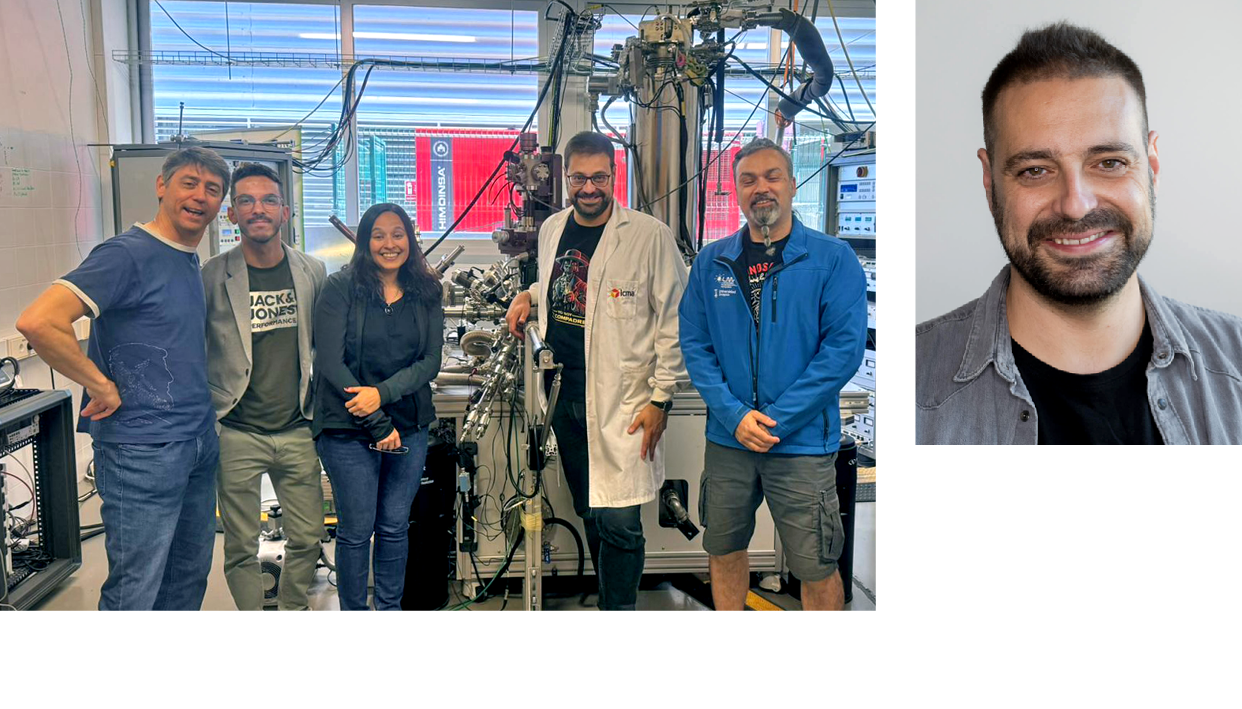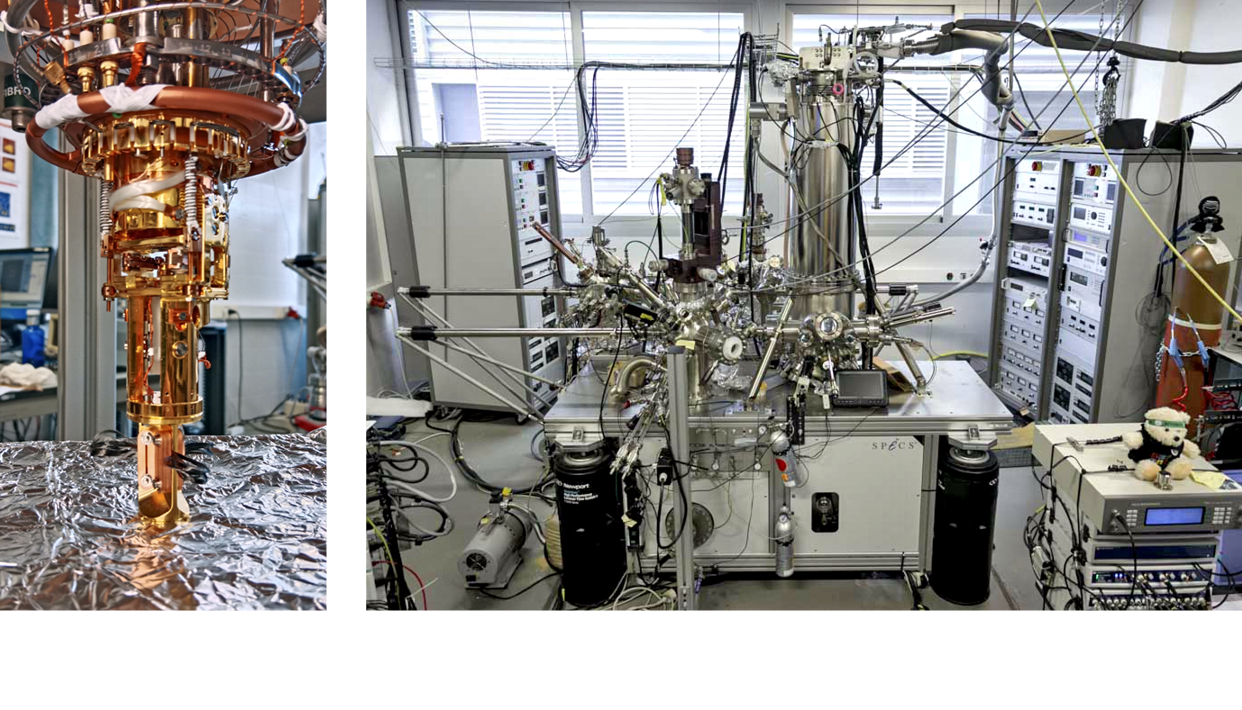How SPECS Scanning Probe Microscopy Systems Empower Research at Spain's Laboratorio de Microscopías Avanzadas
… a Case Study, Part 1 (Part 2 is here)
“Sixteen years ago, LMA started as a promise to our funding agencies to create a top-tier microscopy lab in Zaragoza. That promise became a reality – today LMA is a beacon of Aragonese science and a hub for researchers worldwide. A decisive step was our commitment to install a low-temperature STM with performance beyond what was commercially available at the time. Its success was only possible thanks to a close collaboration with SPECS, who not only met but truly lived up to their own specifications. This rare commitment is, in my view, one of the most remarkable advantages of working with SPECS.”
Dr. David Serrate
Dr. David Serrate and the LMA Mission
The Laboratorio de Microscopías Avanzadas (LMA) at the University of Zaragoza is a national facility dedicated to providing world-class infrastructure for nanoscale characterization and fabrication. Its mission is to serve both the scientific communities and the industry by enabling groundbreaking research in nanoscience and materials science.
At the heart of this mission is Dr. David Serrate, Director of the Scanning Probe Methods (SPM) Division at LMA/INMA. With a team of highly skilled technicians and researchers, Dr. Serrate leads efforts to push the boundaries of surface science—probing, manipulating, and understanding materials at the single-atom level. Under his leadership, the LMA has become a reference point for researchers worldwide, offering open and competitive access to its advanced equipment.
His group’s research is internationally recognized, with results regularly presented at leading conferences and published in high-impact journals such as Nature Communications and Nano Letters. For instance, his team recently demonstrated spin-polarized edge states in chiral graphene nanoribbons (Nat. Commun. 14, 6677 (2023); DOI:10.1038/s41467-023-42436-7), a result made possible by the spin sensitive version of the SPECS JT-STM. Over the years, Dr. Serrate has highlighted how essential SPECS systems have been in enabling many of these advances, emphasizing the collaborative spirit between LMA and SPECS.

SPECS Multi-Chamber UHV SPM System – A Versatile Research Platform
Central to LMA’s research success is a custom-built, multi-chamber Ultra-High Vacuum (UHV) Scanning Probe Microscopy (SPM) system by SPECS. This platform allows researchers to study materials under extreme conditions, seamlessly covering temperatures from 1 K to 1300 K without compromising the UHV environment. Its configuration enables easy sample transfer between ultra-low-temperature and high-temperature chambers, facilitating experiments that bridge quantum phenomena and catalytic surface reactions.

Enabling Quantum Precision and Real-Time Dynamics
The system includes a Joule–Thomson Scanning Tunneling Microscope (JT-STM) capable of operating down to 1 K with 0.1 meV spectroscopic resolution and a 3 T superconducting magnet, making it a workhorse for quantum spin research. Complementing it is the Aarhus 150 VT-STM/AFM, which offers exceptional thermal stability up to 1300 K, enabling continuous observation of surface dynamics, epitaxy, and chemical reactions in real time. Together, these instruments create a uniquely comprehensive platform for bridging the cold quantum regime and the hot, dynamic world of catalysis. Both microscopes are operated by SPECS Nanonis Mimea electronics.
